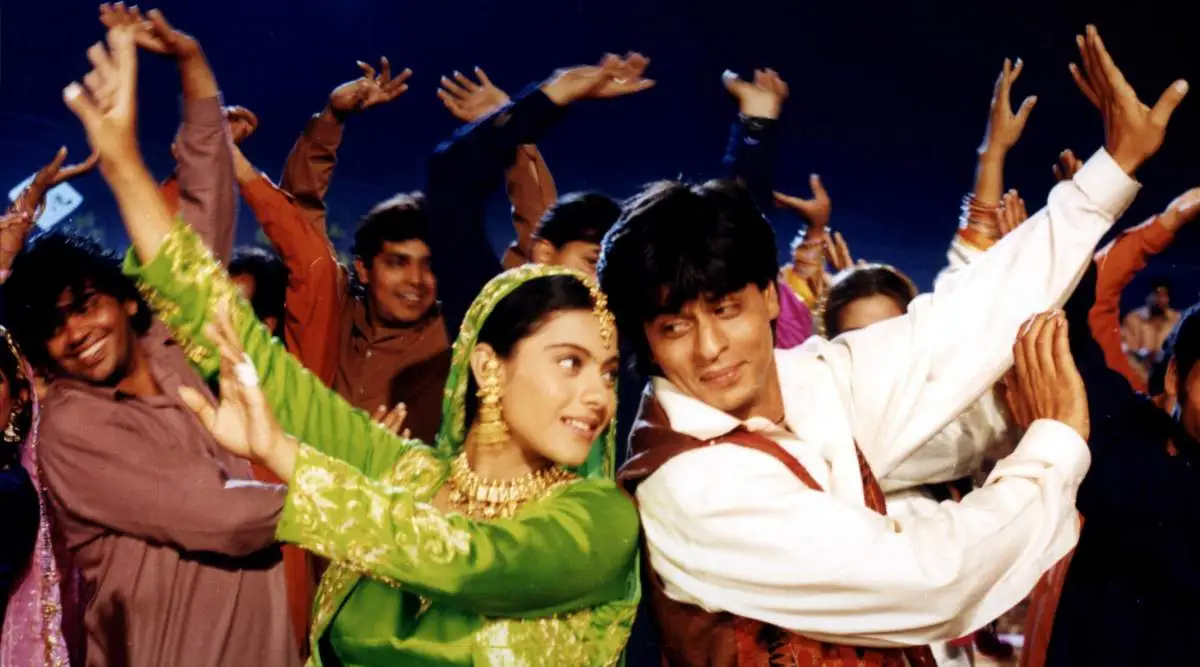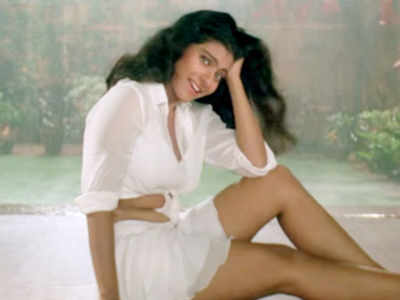

The mother though traditional is also understanding of her daughter's predicament and goes way out to help her leave home. There was the traditional strict Indian father wanting the best for his daughter. Indian middle class sensibilities were kept intact. Foreign locations were all attractively shown.Ĥ. They have all been exquisitely presented.ģ. It has an outstanding collection of songs which all became chartbusters. It is a romantic story of a handsome boy and a beautiful girl which has been shot in attractive locations abroad and which has a happy ending.Ģ.

I am putting down points numerically in a random order as thoughts come to me.ġ. It has affected an entire generation of young and old who have found the characters realistic and relatable. Not only because it’s nostalgic, but also because it embodies a plentitude of thought and melody.This is not a normal review but an appraisal and an analysis as to why people have loved this film so much so as to make it one of the longest running films of all times. 25 years later, DDLJ soundtrack remains special. At the time, it was the coolest in everyone’s orbit. It was complicated enough to speak to the most obscure corners of the heart and simple enough to be played by the flute seller at Juhu beach. The balance was spot on.Īnd it was one song - Tujhe dekha toh ye jaana sanam - which would not leave our hearts and minds. He extolled love but the language was neither old-fashioned nor was it boorish. Anand Bakshi’s lyrics, with its uncomplicated poetry and colloquialism, entered people’s minds and lingered. The music also tied together the screenplay of the film. It is interesting how Jatin-Lalit’s music for DDLJ were in the Shiv-Hari mould – uncomplicated, melodious and easy to hum. Some of the most melodious music in Chopra’s films came from composer duo Shiv-Hari – santoor maestro Pt Shiv Kumar Sharma and flute legend Pt Hari Prasad Chaurasia. It was, perhaps, picked from the previous year’s hit, Hum Aapke Hain Kaun…! but as the story goes, Aditya’s inspiration came from the sound of Raj Kapoor’s films, which used the mandolin often.ġ995 was the 25th year of Yash Raj Films, a production house that had delivered a plethora of musical hits such as Silsila (1981), Kabhi Kabhie (1976) and Chandni (1989), among others. When most actors were playing guitars and harmonicas, Khan was playing the mandolin, a leitmotif throughout the film. Then there was the use of mandolin riffs throughout the film.

This was wondrously magnified throughout the film. And it would all still stick and make sense, thanks to different permutations and combinations with similar note structures. Tujhe dekha could be sung as a verse for Na jaane mere dil ko, which could also be tied in with Mere khwabo mein or with Mehendi laga ke rakhna. One song flowed into the other in the seven-song soundtrack with much ease, turning it all into a harmonic flux. Was it only because the melodies were soft, romantic, simple and, thus, super catchy? We revelled in the extreme hummable goodness of the music. But never did we fret over Khan’s singing voice, which changed magically so many times in one film. Kajol had Lata Mangeshkar and Asha Bhosle, though Bhosle sang just one song (Zara sa jhoom loon) for a drunk Simran. For instance, Shah Rukh Khan had three playback singers - Udit Narayan, Kumar Sanu and Abhijeet. The songs worked, even in the face of very basic issues. The compositions for Aditya Chopra’s directorial debut were fresh and hit the right note, despite being from the same Nadeem-Shravan template of synth-and-dholak. It worked only because composers Jatin-Lalit innovated a tad more than the others. Ghazal had already found a niche in the 1980s, another mediocre decade film-music-wise, filling the void for good music.ĭDLJ was slightly different in terms of orchestration from Bollywood music of the time. Liberalisation had paved the way for the entry of MTV and Channel V, spawning a generation of pop artistes, who aspired to make music differently.

In fact, terrible tunes in Bollywood were the reason why Indipop and ghazals flourished. For a whole decade, before DDLJ arrived, film music was uninspiring, though there were exceptions such as Saajan (1991), Jo Jeeta Wohi Sikandar (1992), Aashiqui (1990), Roja (1992), Hum Aapke Hain Kaun.! (1994) and Deewana (1992).


 0 kommentar(er)
0 kommentar(er)
